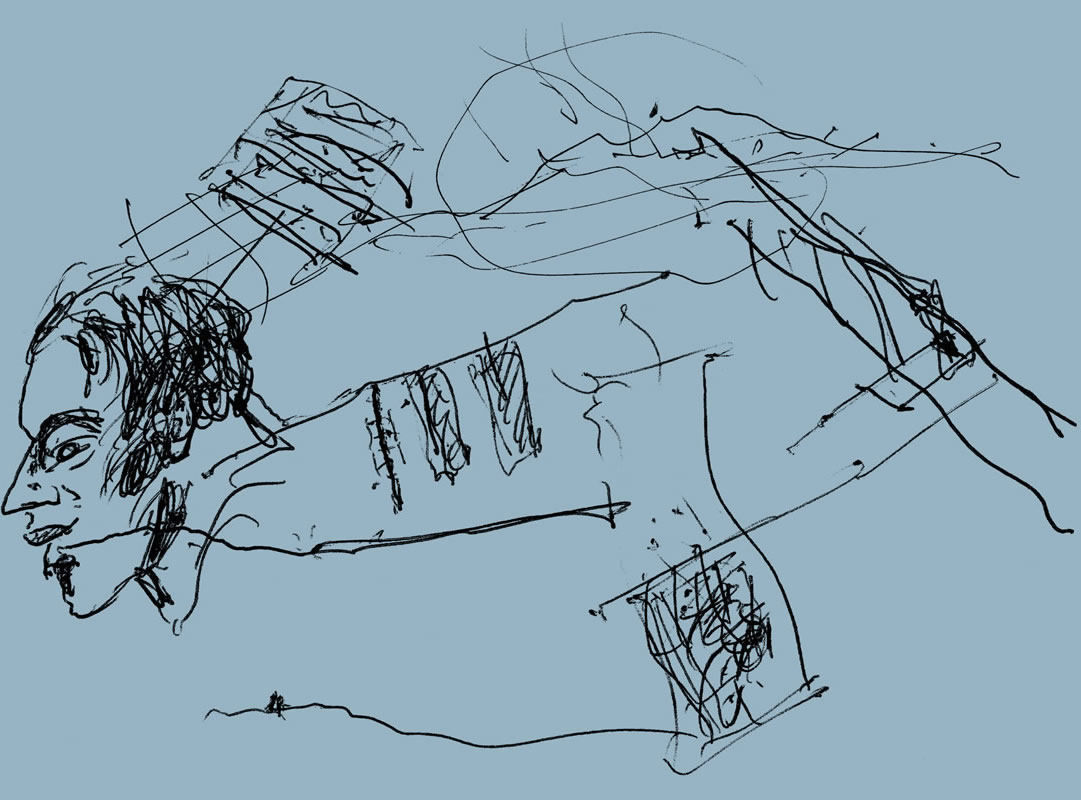The Japanese onsen is an ancient import arriving, it is theorised, with Buddhism, for which it served as a ritual bath. In Japan, these foreign ideas fell on fertile, volcanic ground. The preponderance of natural hot springs created a nation of bath addicts, and the onsen continues to be enormously popular today. Many are attached to traditional ryokan or inns in rural areas, where the bath is usually an outdoor pool fed by a hot spring. Architecture is often absent from such sites, or kept to the rustic minimum – a couple of wonky posts holding up a simple wooden roof, perhaps. Any barrier between naked human skin and nature is to be avoided as much as possible; however, there are also municipal versions, and a few examples by established architects. Eccentric historian and architect Terunobu Fujimori constructed a bizarre, stripy onsen at Lamune, with trees planted in each of its several pinnacles. More conventional are Kengo Kuma’s onsen. His Ginzan Onsen at Fujiya is a large and luxurious ryokan, but here the pools are private and attached to individual rooms – a significant break from the communal bathing-in-nature tradition. Kuma’s Horai Onsen, on the other hand, is a very simple monopitch corrugated plastic canopy over a communal wooden pool. Here, the view over the ocean is the star.
This is a case study from Typology: Bathhouse in AR February 2018, click here to read now
 The Architectural Review An online and print magazine about international design. Since 1896.
The Architectural Review An online and print magazine about international design. Since 1896.




